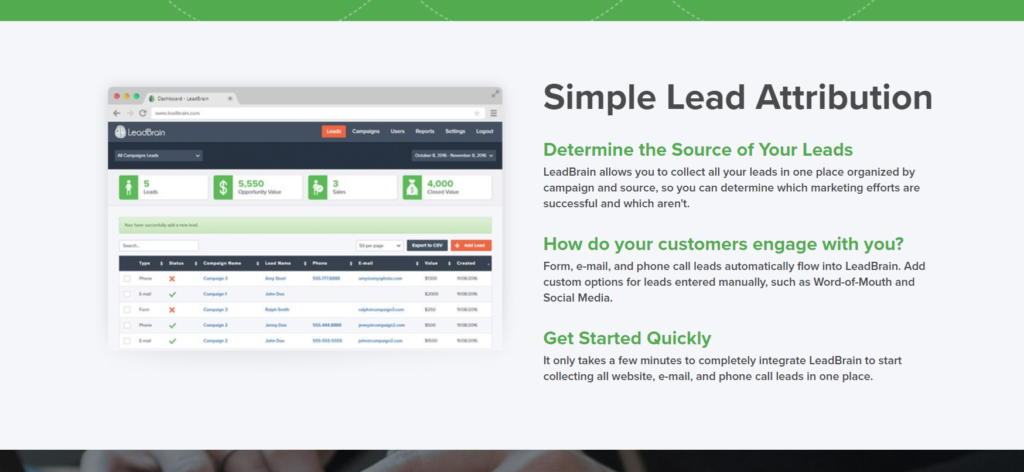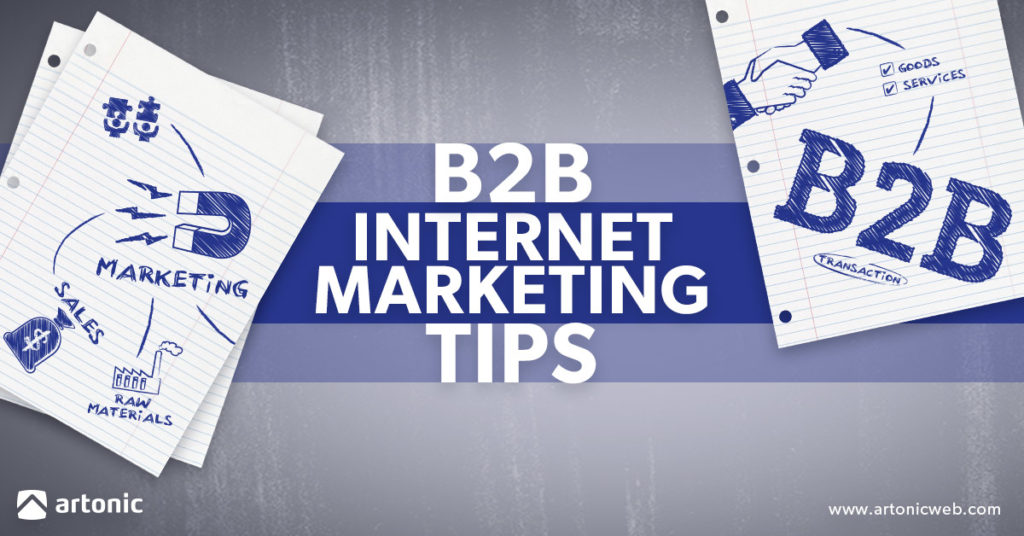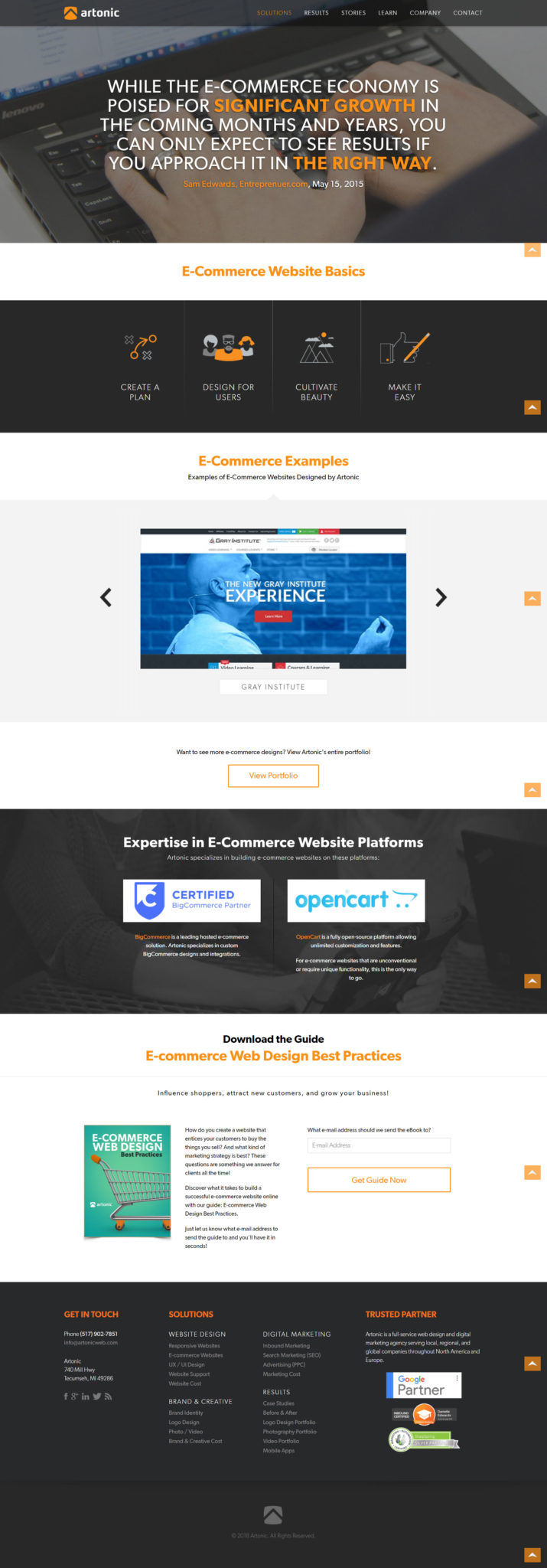It’s a new year! It’s time to set new goals for 2018! This year, we’re all a little older and a little more savvy about marketing our businesses online. The Internet isn’t the free-for-all it once was and your digital presence isn’t something you can ignore any more.

Our Goal: Positive ROI
Digital marketing today is all about ROI. If your digital strategy doesn’t show a positive ROI, it’s history.
That’s logical and fair, but for many digital marketers, proving ROI for digital marketing can be a stressful situation.
Why?
Because digital marketing today requires a holistic approach that includes lots of tactics. There is no silver bullet; today, you need a solid website, relevant email marketing, active social media campaigns, and a healthy dose of SEO and AdWords to be effective and successful.
Because digital marketing includes so many different channels, it’s difficult to determine which channels have the most impact. It’s likely that your customer comes into contact with several of your marketing tactics before he or she decides to browse your website or make a purchase.
However, there are a few steps you can take to figure out how successful your digital marketing efforts are.
Without goals and plans to reach them, you are like a ship that has set sail with no destination. -Anonymous

New Goal #1: Increase Leads & Sales
Make this a new goal for your business: Generate sales, qualified leads, and general inquiries from consumers searching for my services online.
All right! We’ve got a goal.
Now, how do we accomplish it? (Don’t worry – the answers are on their way!)
Let’s go over the basics for increasing leads and sales on your business website. As an overview, you’ll need to create content that appeals to your potential leads, then make that content available to download. Before a user requests the content download, you can require an email address to be input into a form. Now you have a lead!
Okay, sounds great. Now, how do you do it?
Capturing leads via downloads requires you to put into place a few things like a) downloadable content; b) a landing page; c) a form; d) a clear call to action.
How do you determine if you’ve been successful? You’ll have to determine success metrics – that means, identifying the important numbers or data points that indicate you’ve reached your goal. Last, be sure to determine a time frame for the goal and set reasonable expectations.
Downloadable Content
Downloadable, gated content – content that cannot be accessed without first entering an email address – is the place to start.
First, figure out what your audience (potential leads) would like to read or watch or listen to. Think about important topics, your expertise, and what your target audience wants to know about.
Next, create content like an eBook, video, or podcast. Make sure the final piece of content is branded, proof-read, and professional-looking.
Here are a few examples of downloadable content from Artonic:
Landing Page
After you have content, create a place to put it on your website. This could be on an existing page, like this example:
Or it could be located on a landing page, which is a page specifically created to capture leads. A landing page looks like this:
Contact Form
The landing page must include a contact form, so you can capture the lead’s contact information.
What fields should be included? The general rule of thumb is to coordinate the number of fields to the content. For example, if your gated content is highly valuable, you can require more fields. If the content is pretty basic, include less fields. At the very least, ask for an email address. Remember, the more fields you include on your form, the more “barriers” you create for your potential lead.
Clear Calls To Action
Tell your customers exactly what you want them to do with calls to action or CTAs.
Examples of clear, effective calls to action include buttons or links that tell your customers to do something, like the examples below:
- Get the Free eBook
- Join Our Newsletter
Focus on clear calls to action and a stellar user experience that encourages instant purchasing.
Identify Success Metrics
Once you have new goal #1 complete, move on to #2. Define what numbers you’ll use to figure out if you’ve reached your goal or not.
If you’ve never captured leads on your website, you may want to start with a small number, like 1% of your website traffic.
If your goal is to increase website leads, clarify exactly what that means. Increase new website leads to 1% of website traffic or 15 leads.
Determine Expectations & Time Frame
Be sure to include expectations and a time frame for completion.
Once you’ve determined how you’ll measure success (specific metrics like “increase leads by 10%”) you should set a time frame for the completion of this goal.
Quarter One (Jan, Feb, Mar)
Search Engine Optimization
- Continue to address SEO audit items
- Canonical tags
- Broken links
- Meta descriptions on blogs (January)
- Continue review strategy (handout, add to website)
Content Marketing & Link Building
- Continue 1-3 blogs per quarter
- Continue link building
Social Media
- Continue social media posting and engagement (blogs, office culture, contests)
Special Projects & Development
- Website UX/UI testing
- Focus on form layout, content, and location

New Goal #2: Know Target Audience
Do you know your target audience? If not, it’s time to figure it out. (Here’s more info to help you get started: What is a Target Audience?)
Your goal is to find out who is your ideal customer and what do they look like?
Let’s look at a couple things to help identify and define your target audience, like demographics and pain points.
Demographics
Most businesses target one of the following sets of Americans:
Professional / Upper Middle Class
- Highly Educated, white collar, salaried professionals.
- Enjoy most autonomy in their work/self-directed.
- Household incomes commonly exceed $100,000 per year.
- Educational obtainment (graduate degrees) are the main distinguishing feature.
- Fall in the top third, but seldom reach the top 5% of American society.
- Approximately 15% of total US population.
Lower Middle Class
- Semi-professionals, lower white-collar employees
- Technical or low-level management positions
- Household incomes ranged from $50,000-$100,000 per year.
- Approximately a quarter of individuals has a bachelor’s degree or higher.
- Approximately 34% of the total US population.
Working Class Majority
- Employees that follow a set of instructions in their day-to-day work and are not paid to think.
- Producers, production of goods and services.
- Household incomes are commonly below $50,000.
This is, of course, oversimplified. But it’s a good place to start.
Pain Points
What pain points are we solving for the ideal customer?
Pain points are perceived problems with technologies, designs, interfaces, processes, practices, industries, cities, transportation and anything else that impacts people’s work or life.
The term is used by marketers as a means of identifying things that people want fixed. For instance, let’s look at GameFly. Obviously, before they created their service, they were able to identify a major pain point within the target audience—a majority of gamers would prefer not to own games, and simply rent them. The GameFly service solved an industry pain point by allowing their members to rent and return games as they see fit, and saving them money by offering the “try before you buy” type model.

New Goal #3: Track All Marketing Efforts
Prior to executing your marketing strategy, make sure you are tracking ALL your marketing tactics. This is the only way to determine what’s working, and what is not. One of my teammates Andy Smith, recently posted a blog about call tracking software that we recommend here at Artonic. Check out his article here: https://www.artonicweb.com/learn/call-tracking-software/
In addition to Google Analytics, there are so many tools available to help you track your marketing efforts these days.
LeadBrain
Many of them offer a free trial to test the waters like LeadBrain (www.leadbrain.com).
LeadBrain allows a marketer to easily collect, track, and measure, all leads across all campaigns (both digital and traditional), all from one dashboard. It is very easy to use and requires minimal management on your part.

But like any SaaS tool, you must incorporate it into your day-to-day to receive the maximum benefit. With Lead Brain, all you really need to do is review your leads as your campaigns are being tracked, and then mark each lead either “Won” or “Lost”. The reason I am an enthusiastic fan of LeadBrain, is because of the all-in-one customizable dashboard, and the easy integration with CallRail.
Let the Games Begin
It’s a new year! Goals, expectations, target, and strategy are all in place, campaign tracking is ready to go. Finally, the last question, is Player 1 (In-House Marketing Team) going alone? Or, is there a need for a Player 2 (Marketing Agency) to help slay the dragon? (Find out if you should hire an in-house marketer or a marketing agency.)
Get Found Online
Do you have a website that no one visits? It’s time to do something about that! Get more traffic to your website with the basic tenants of search engine optimization (SEO). In our free eBook, How to Get More Website Traffic, you’ll learn how Google ranks websites and what you can do to get to the top of Google for important keywords.
Say Hello!
Give Artonic a call or email us if you’re interested in website design, development, or marketing.
Michigan, USA






